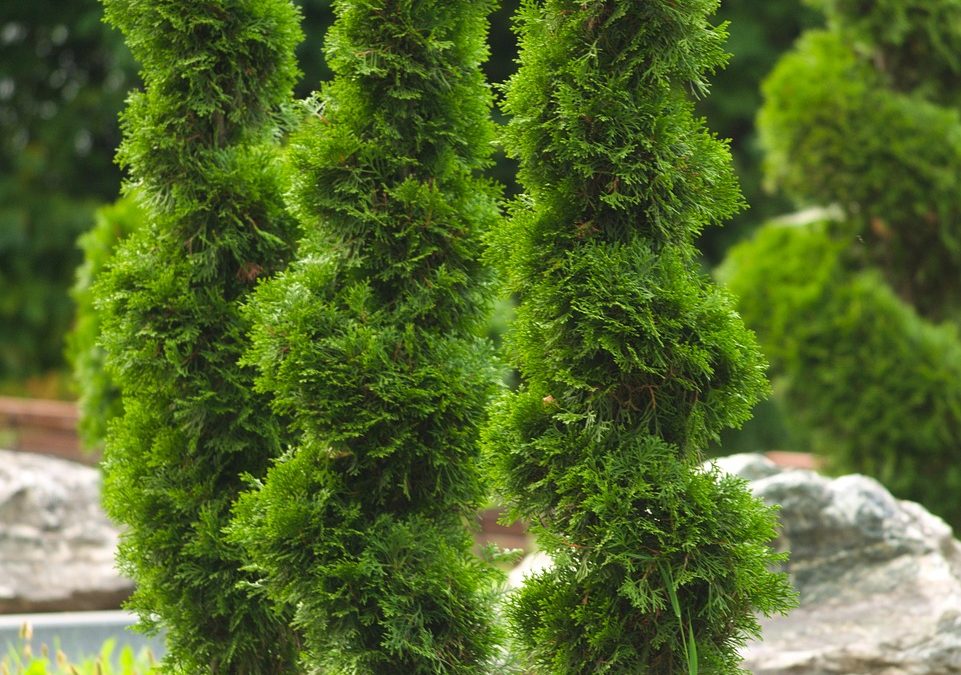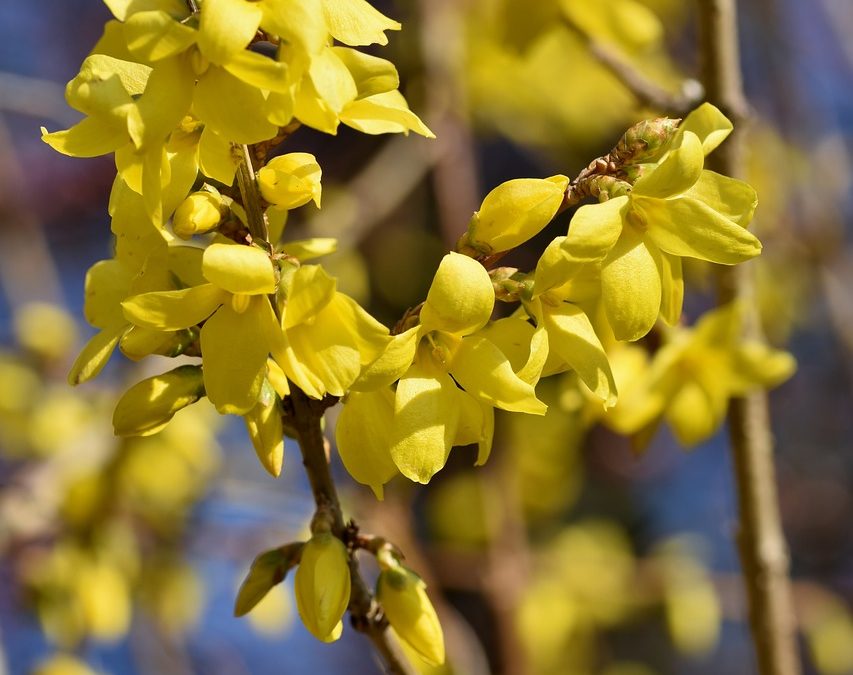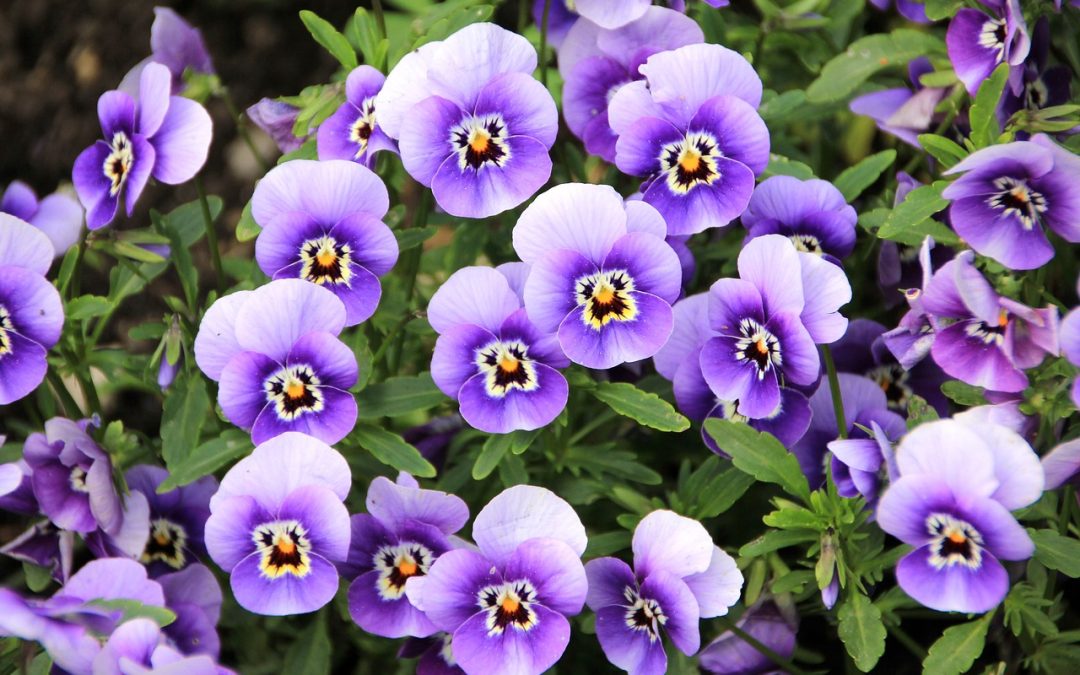
Arborvitae, known for their year-round green foliage and easy-going nature, are a staple in landscapes for creating privacy screens, hedges, or even as standalone specimens. These hardy evergreens can thrive in Cedarburg’s climate, adapting well to both the cold winters and the warm summers. Planting arborvitae in April allows them to establish their root systems before the heat of summer sets in, providing an excellent window for gardeners to enhance their landscape. They prefer full to partial sun and can tolerate a range of soil types, provided the soil is well-drained. Arborvitae varieties come in various sizes and shapes, from tall and slender to short and rounded, making them versatile for any garden design or privacy need.
In addition to their aesthetic appeal, arborvitae are also valuable for their low maintenance and durability. Once established, they require minimal care, making them ideal for gardeners looking for long-lasting landscape solutions. Pruning is seldom needed but can be done to shape the plant or control its size. Their dense foliage offers a habitat for birds and provides year-round interest, even in the depths of winter. Featuring arborvitae in April highlights the importance of structural plants in the garden, providing both function and beauty.

Tulips are the quintessence of spring, bringing a vibrant splash of color to gardens in April. With their unmistakable cup-shaped flowers, tulips come in an almost endless variety of colors, sizes, and shapes, making them a versatile choice for any garden design. From the classic single and double early varieties to the elegant lily-flowered and dramatic parrot tulips, there’s a tulip for every taste. Tulips prefer a spot in the garden that gets full to partial sun and requires well-drained soil to thrive. Planting them in the fall allows for a spectacular display come spring, but their bloom in April makes them a perfect spotlight plant, symbolizing renewal and the beauty of the season.
Tulips also have a fascinating history, having sparked a financial frenzy known as “Tulip Mania” in the 17th century, illustrating their timeless appeal and value. In Cedarburg, they provide a stunning visual impact when planted in masses or along borders and can also be cut to create beautiful indoor arrangements, bringing a piece of spring indoors. As they wind down, the foliage should be allowed to die back naturally, nourishing the bulbs for the next year’s growth. Celebrating tulips in April offers gardeners and enthusiasts a chance to revel in the beauty and diversity of one of spring’s most iconic flowers.

Forsythia bushes are among the first signs that spring has truly arrived, bursting into a dazzling display of bright yellow blooms before their leaves even unfurl. These hardy shrubs are virtually carefree once established, thriving in Cedarburg’s climate with minimal maintenance. Forsythias are fast growers and can reach various heights, making them versatile for both dramatic landscape statements and more subdued garden accents. Planting forsythia in a spot that receives full sun to partial shade and providing well-drained soil will ensure a spectacular spring bloom. Their early flowering makes them an excellent choice for adding a splash of color to the garden when most other plants are just waking up from winter.
Not only do forsythias offer striking visual appeal, but they also serve as an important early nectar source for bees and other pollinators. After blooming, forsythia leaves turn into a lush, green backdrop for summer flowers, making these shrubs a valuable addition to any landscape. Pruning immediately after flowering ensures that the plants maintain a desirable shape and size, as well as encourages a fuller bloom the following spring. With their ease of care and vibrant color, forsythias are a fantastic plant to feature in April, reminding everyone that warmer days are just around the corner.

Pansies are the vibrant heralds of spring, blooming with a resilience that belies their delicate appearance. Thriving in the cooler temperatures of early spring, these versatile flowers bring gardens to life with a kaleidoscope of colors ranging from deep purples and blues to bright yellows and whites. Pansies feature a distinctive face-like pattern at their center, making them a favorite among gardeners for adding personality to containers, garden beds, and window boxes. They prefer well-drained soil and can tolerate a bit of shade, making them suitable for various garden locations. Their ability to withstand Cedarburg’s early spring frosts makes them an excellent choice for early planting, ensuring your garden has a burst of color even in cooler temperatures.
Beyond their beauty, pansies are also edible and offer a mild, sweet flavor to salads, desserts, and garnishes. This dual-purpose nature makes them not only a feast for the eyes but also a delightful addition to springtime meals. Whether you’re looking to brighten up your outdoor space or add a touch of whimsy to your culinary creations, pansies are a perfect choice. Their hardiness and vibrant colors make them an ideal plant to spotlight in April, promising to bring joy and color to any garden setting.

When the holiday season comes to an end there are many ways to upcycle and utilize the tree. If you live in an area where it is permitted the tree can be placed outside and left. Local wildlife will use it as a shelter from the winter wind and freezing temperatures. Decorate a patio by filling up a 5-gal bucket with water and place the tree upright keeping it straight. Once the water freezes, you can decorate the tree with homemade bird seed suet balls or if you’re craftier, fill old cookie cutters with the mixture and freeze, then hang on the tree. String popcorn for garland or hang berries.
The list is endless. Cut the trunk base into 1” sections, sand until smooth, then apply a thick varnish and voilà instant coasters. Crafting not your thing, used trees can also make good firewood to heat the house in winter or save it to use for summer bonfires.
There are endless possibilities for use, and it does not have to end up in a landfill. Before recycling your tree in any way, it is extremely important to ensure it has not been treated either with fake snow or fire-retardant chemicals as these may be harmful to you or the animals.
At Heritage Hill our trees are one hundred percent natural and can be recycled without worry.





